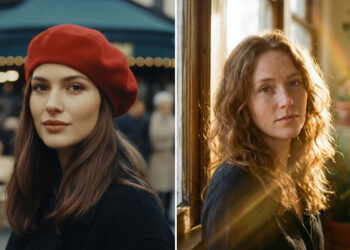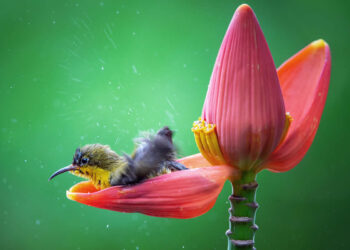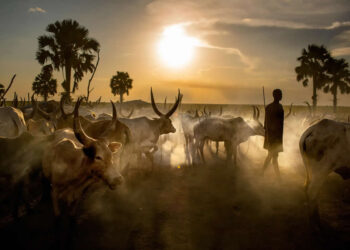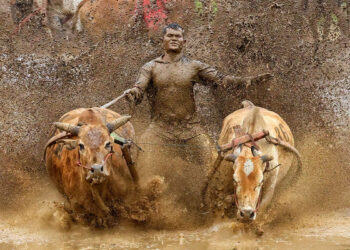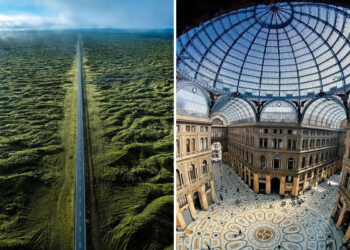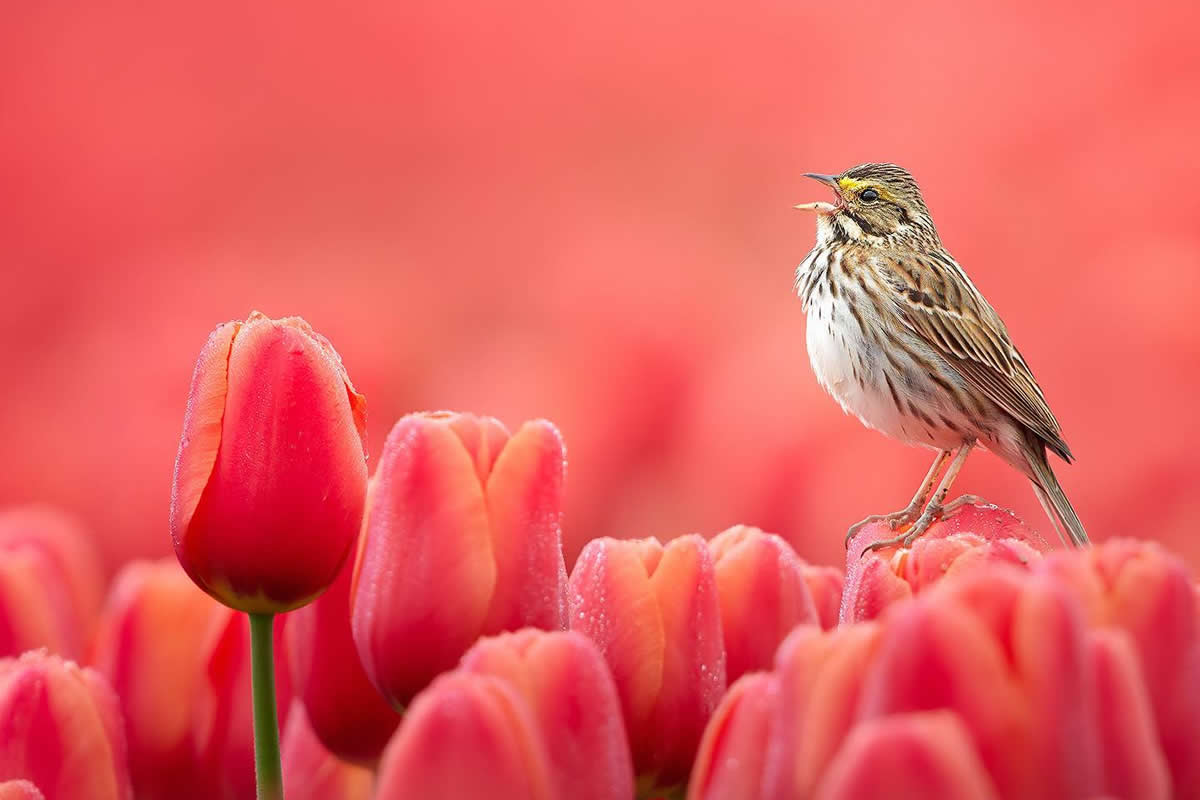Edouard Boubat (1923–1999) was one of France’s most poetic and humanistic photographers, celebrated for his quiet yet deeply expressive images. Often grouped with the likes of Henri Cartier-Bresson and Robert Doisneau, Boubat’s work stood apart for its lyrical beauty and gentle optimism. Where others captured conflict or drama, Boubat sought grace in the everyday—moments of tenderness, solitude, and serenity. His lens focused on universal themes: love, childhood, nature, and the dignity of ordinary people.
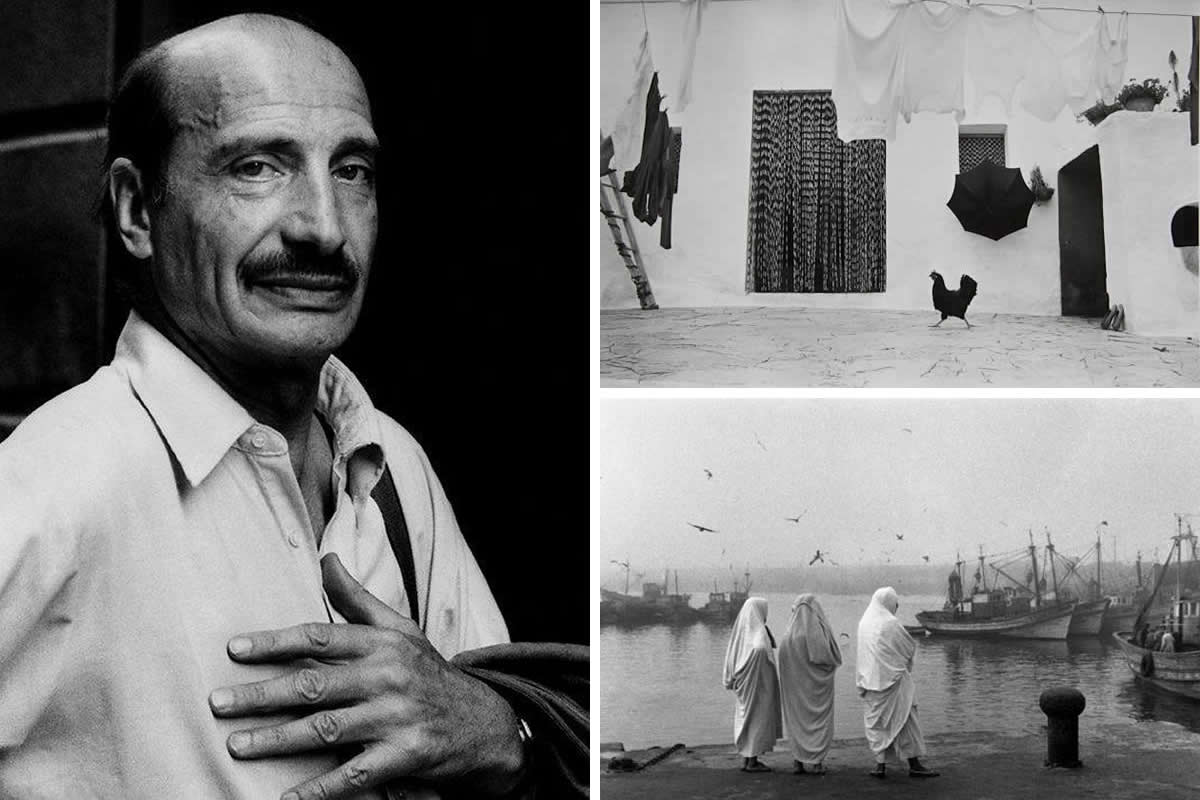
A survivor of World War II, Boubat emerged from the trauma of war with a personal mission to photograph peace. In his words, he was “a peace correspondent,” not a war photographer. His images, often shot in black and white, are meditative, inviting viewers to pause and reflect. Boubat’s career spanned decades and continents, yet his vision remained remarkably consistent—always intimate, always humane.
He worked for the French magazine Realités, which allowed him to travel the world, capturing scenes with an eye full of compassion. Boubat’s work avoids spectacle, focusing instead on nuance and stillness. With every image, he reminded us that beauty exists not only in grand vistas, but also in simple gestures and fleeting glances. His legacy continues to inspire generations of photographers.
More info about Edouard Boubat:
#1
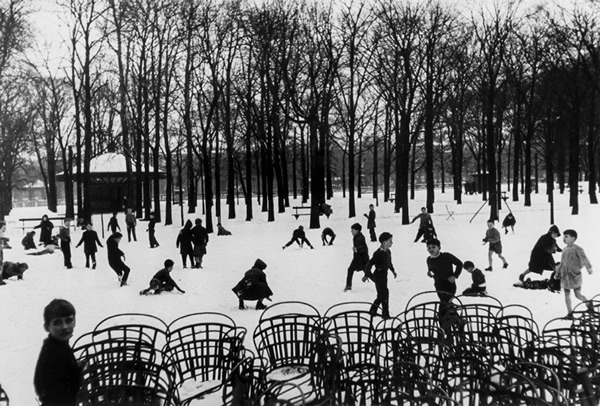
© Edouard Boubat
#2
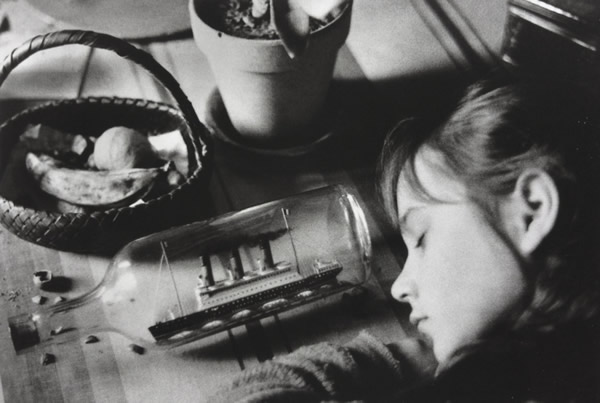
© Edouard Boubat
#3
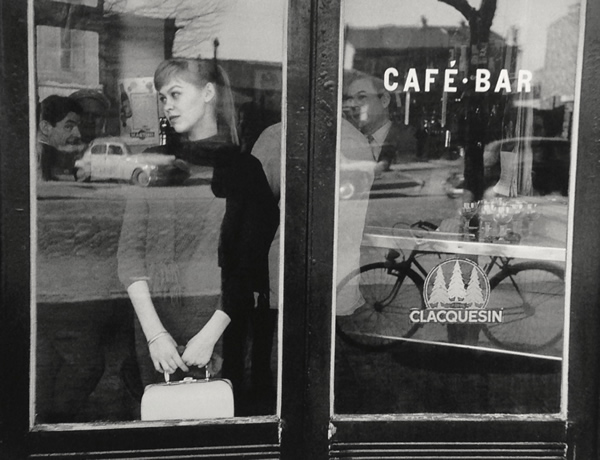
© Edouard Boubat
#4
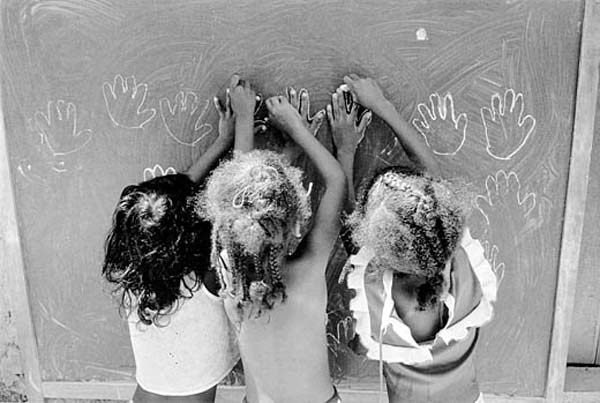
© Edouard Boubat
#5
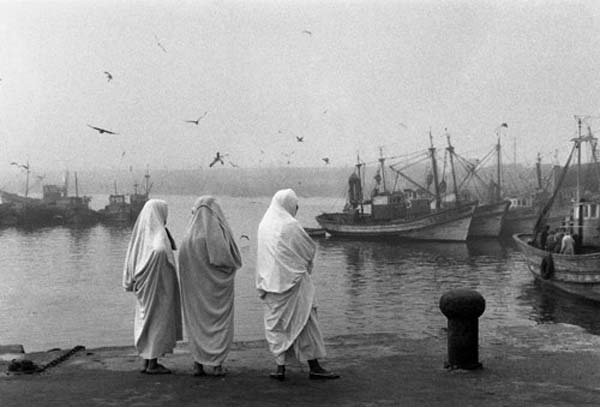
© Edouard Boubat
A Vision Rooted in Humanity
Boubat’s photography is defined by its profound empathy. Unlike many contemporaries who pursued the decisive moment or sensational scenes, Boubat was drawn to subtle expressions of human connection. His subjects—often strangers—are treated with warmth and respect. Whether a child in Paris, a woman in Lisbon, or a farmer in India, he captured people not as spectacles but as souls.
His photographs express quiet dignity, suggesting a deep belief in the goodness of humanity. Boubat’s lens never objectified; it celebrated. This commitment to empathy, rather than intrusion, allowed him to access moments others might overlook. Through simplicity and softness, Boubat made the ordinary feel extraordinary, revealing the invisible threads that bind us all in a shared human experience.
#6
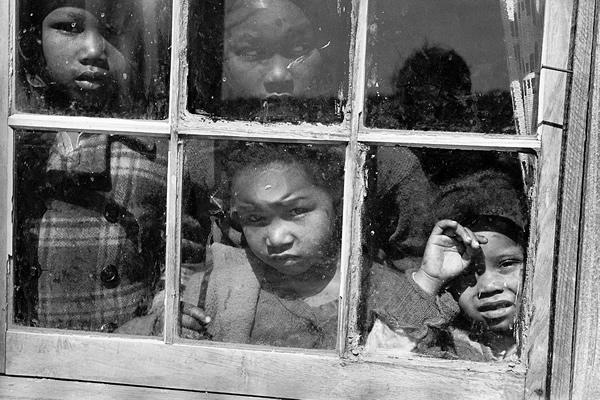
© Edouard Boubat
#7
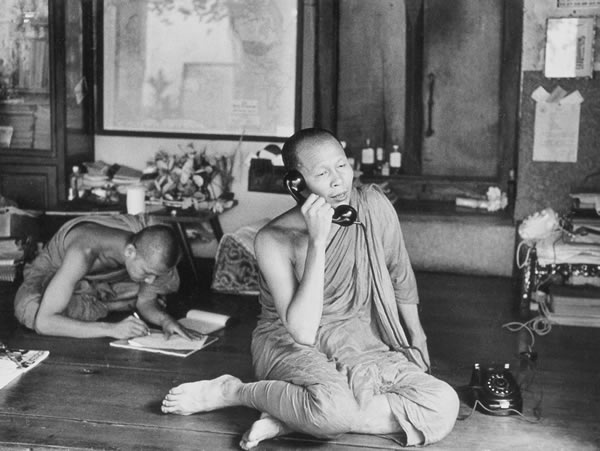
© Edouard Boubat
#8
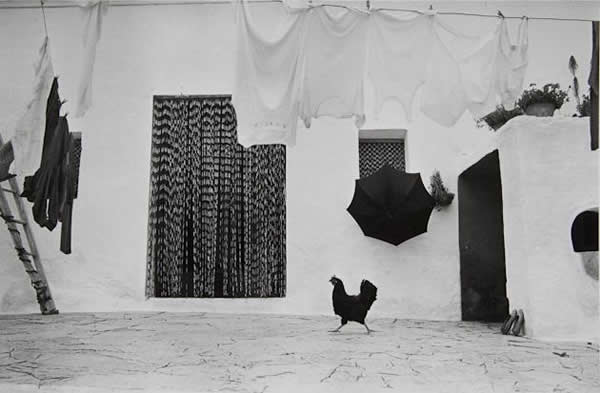
© Edouard Boubat
#9
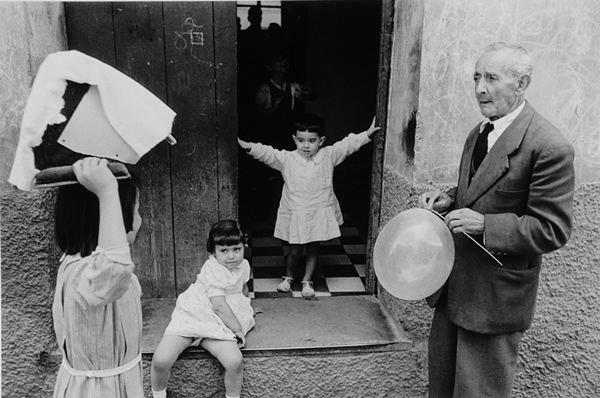
© Edouard Boubat
#10
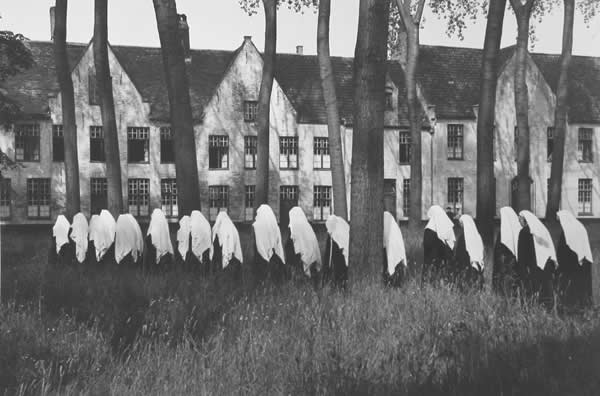
© Edouard Boubat
Poetry in Black and White
Though Boubat occasionally shot in color, his black and white work remains the most iconic. For him, monochrome wasn’t merely a technical choice—it was a poetic one. Stripped of color, his photographs invite viewers to focus on texture, light, shadow, and emotion. His compositions often feel timeless, existing in a space beyond cultural or historical specificity. He used natural light masterfully, crafting luminous scenes that suggest stillness and introspection. Rather than impose a narrative, Boubat allowed his images to breathe, encouraging contemplation.
His photographs resemble visual haikus—short, delicate, and filled with meaning. This approach placed him closer to a painter or poet than a journalist. In every frame, Boubat demonstrated that restraint could be as powerful as drama, and that silence, too, can speak.
#11
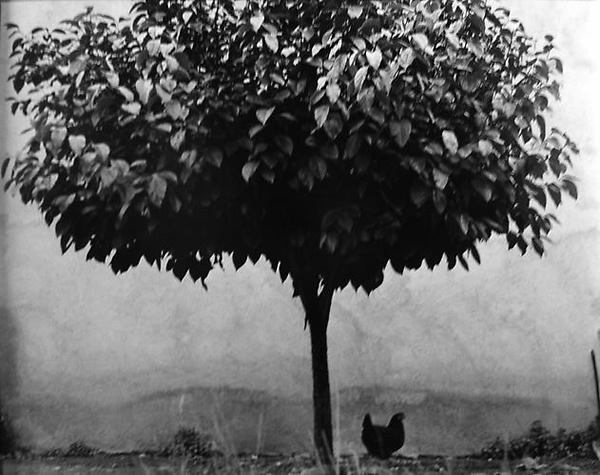
© Edouard Boubat
#12

© Edouard Boubat
#13
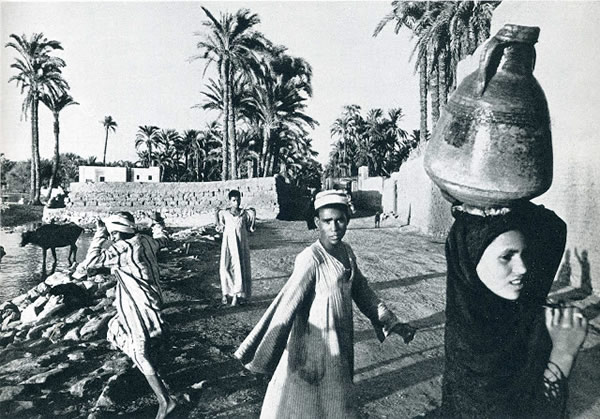
© Edouard Boubat
#14
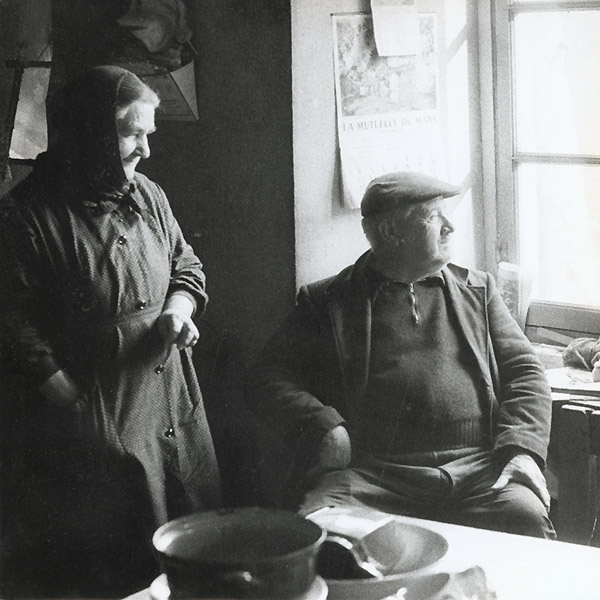
© Edouard Boubat
#15
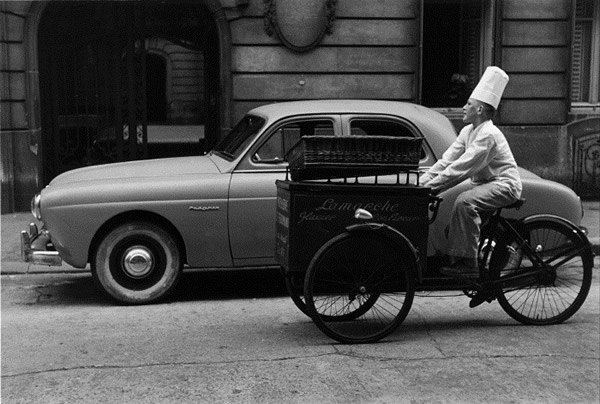
© Edouard Boubat
The Influence of World War II
Boubat’s gentle vision was shaped in part by the horrors he witnessed during World War II. As a young man, he was sent to Germany under forced labor during the Nazi occupation. The experience left a deep mark on him, but rather than dwell in darkness, he turned toward light. After the war, he took up photography as a way to heal and to affirm life.
His work became a counterpoint to the violence he had endured. Instead of war-torn cities, he captured quiet streets. Instead of suffering, he photographed tenderness. His mission was not to document destruction but to seek out beauty wherever it still existed. That artistic decision gave his work a unique emotional resonance—quiet resistance through compassion and grace.
#16
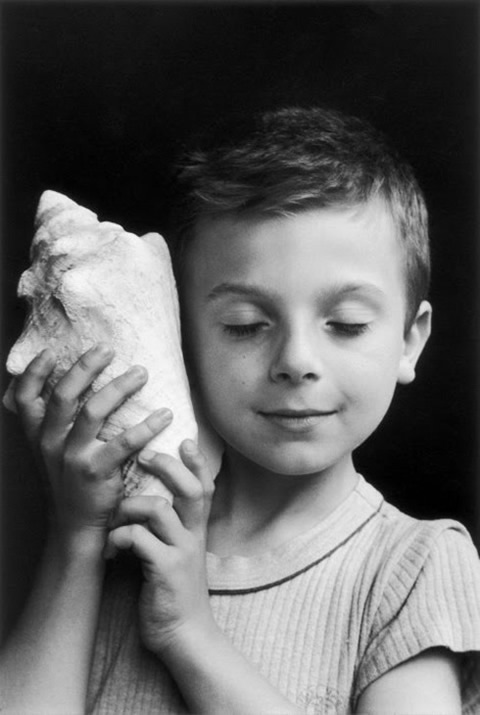
© Edouard Boubat
#17
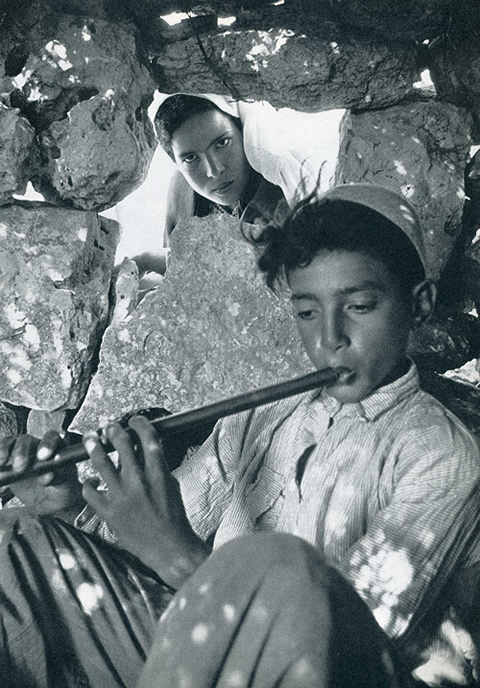
© Edouard Boubat
#18
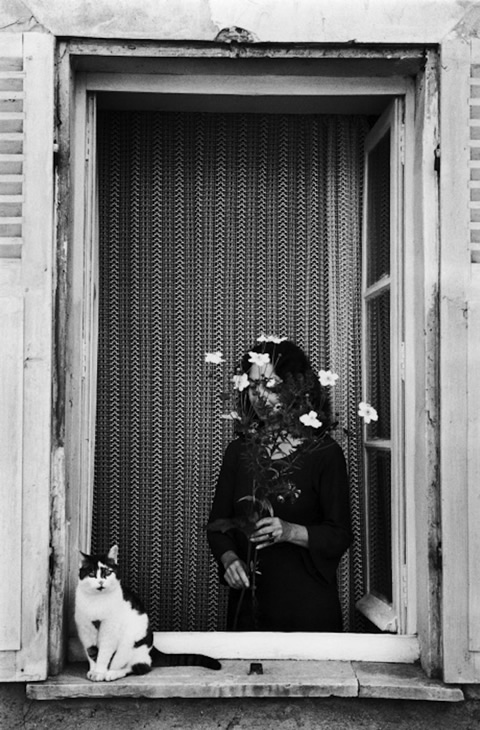
© Edouard Boubat
#19
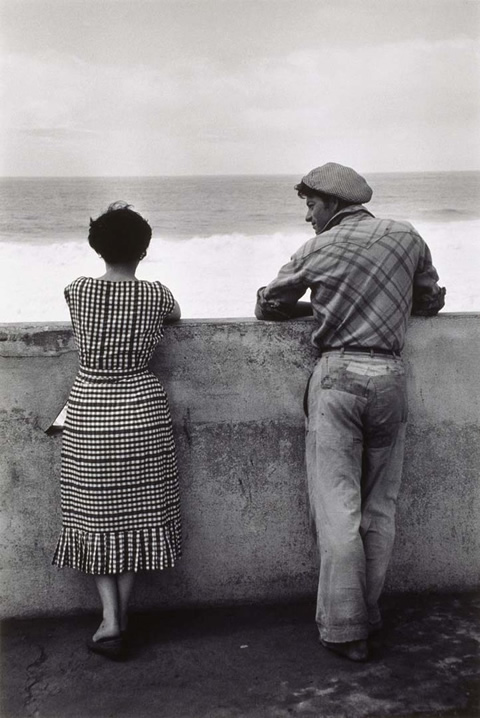
© Edouard Boubat
#20
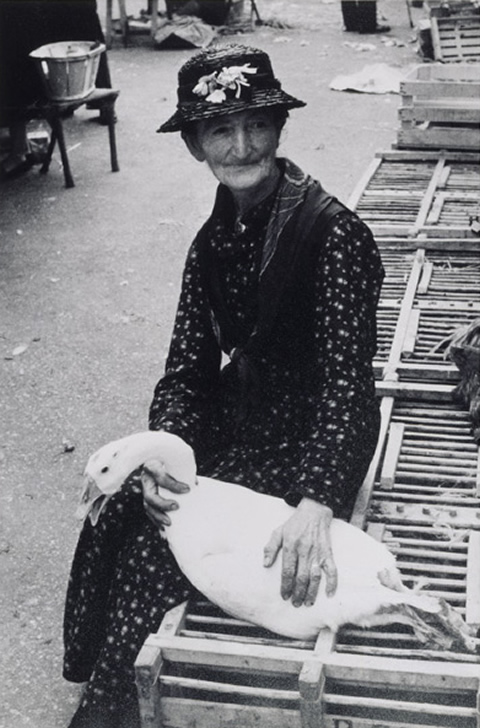
© Edouard Boubat
A Life of Travel and Observation
In the 1950s and ’60s, Boubat traveled extensively while working for Realités magazine, yet he maintained his signature style wherever he went. Whether in India, Morocco, Portugal, or Mexico, his photographs focused on universal moments—people at rest, children playing, lovers in conversation. He did not exoticize or dramatize the cultures he visited. Instead, he looked for shared human experiences.
His images have a contemplative rhythm, a softness that crosses boundaries. Boubat’s strength lay not in spectacle but in his capacity for attention—the ability to wait, to observe, and to respond without imposing himself. Through this, he created work that resonated deeply, speaking not just of place, but of presence. Travel for Boubat wasn’t escape—it was an invitation to understand.
#21
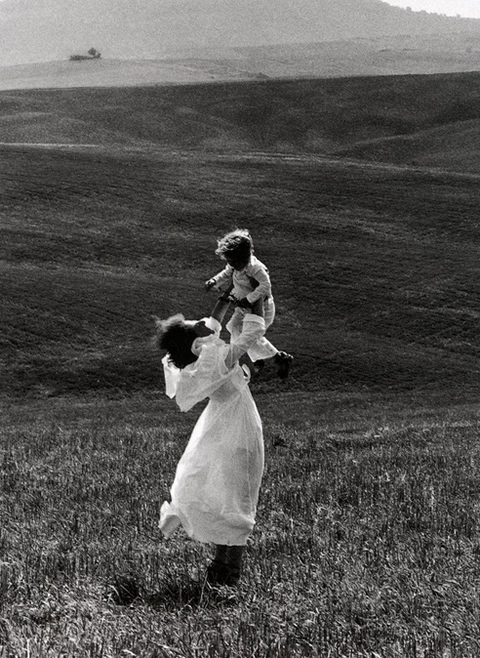
© Edouard Boubat
#22
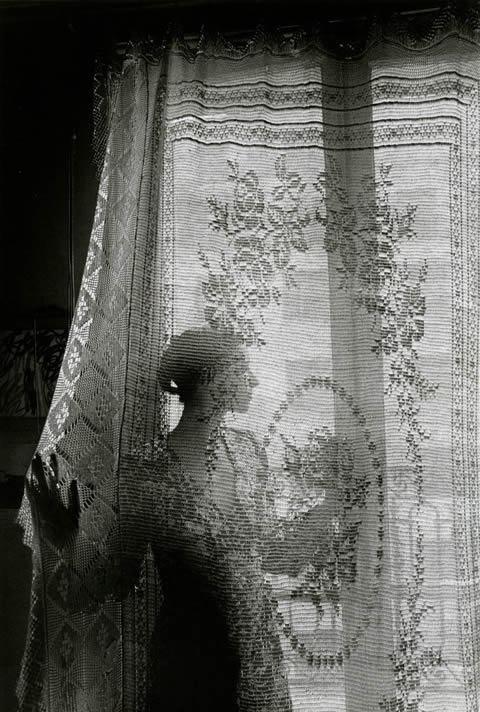
© Edouard Boubat
#23
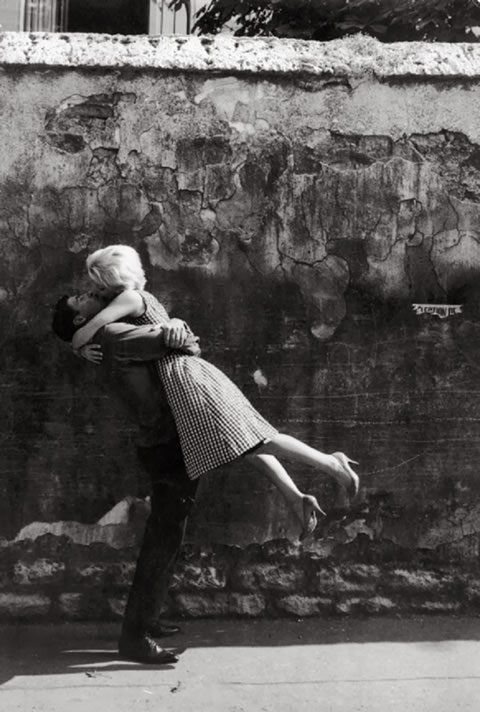
© Edouard Boubat
The Power of Quiet Moments
In a world often obsessed with action, Boubat found meaning in stillness. He was a master of the in-between moments—glances exchanged, hands resting, light falling softly on a face. His subjects are rarely in motion, yet the emotional charge in each photograph is palpable. These quiet moments carry profound weight. They ask viewers to slow down, to enter a space of reflection.
In this way, Boubat’s work aligns more closely with meditation than reportage. His sensitivity to mood, gesture, and atmosphere enabled him to create emotionally rich images without resorting to theatricality. He believed photography could be both tender and powerful. His legacy proves that gentleness isn’t weakness—it is, in fact, one of art’s greatest strengths.
#24
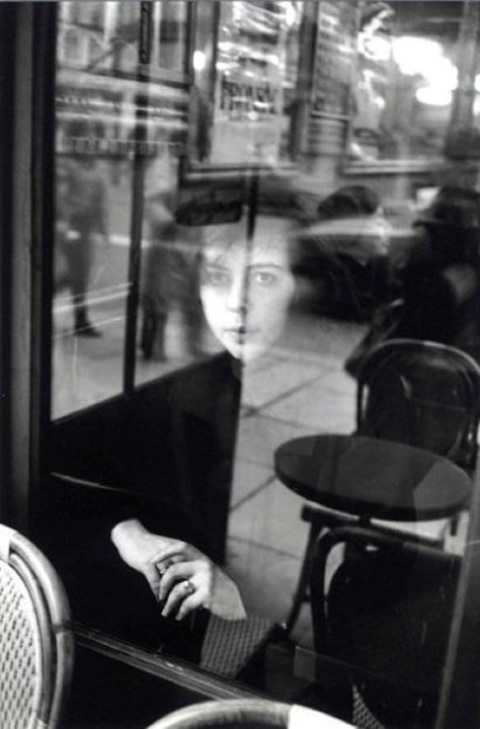
© Edouard Boubat
#25
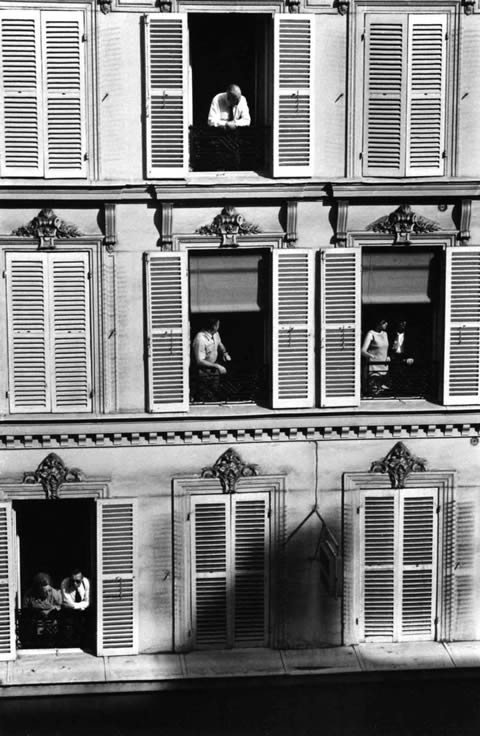
© Edouard Boubat
#26
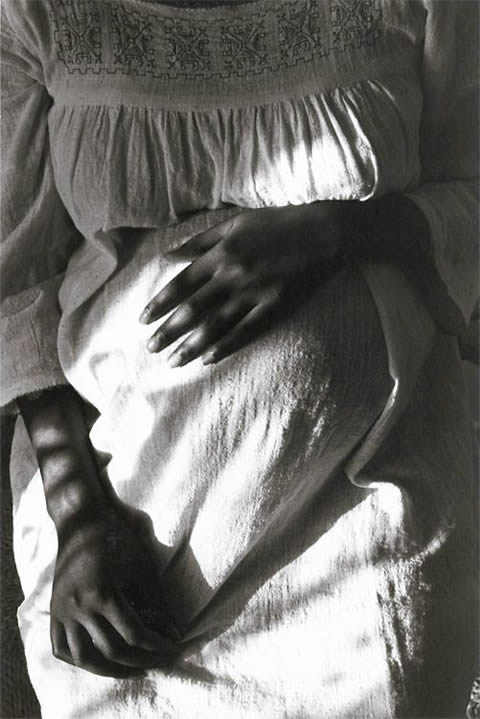
© Edouard Boubat
#27
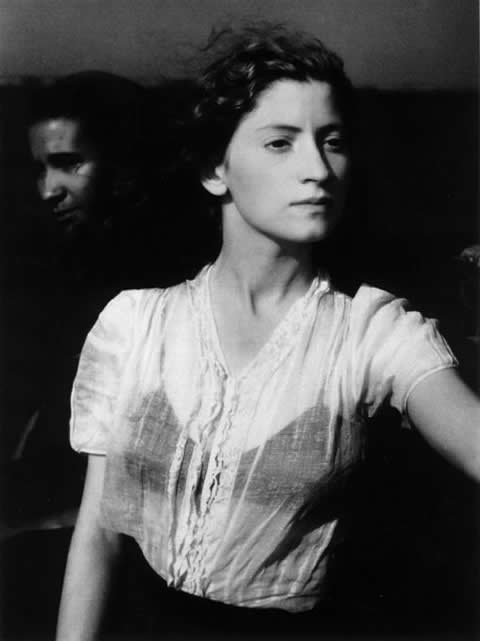
© Edouard Boubat
#28
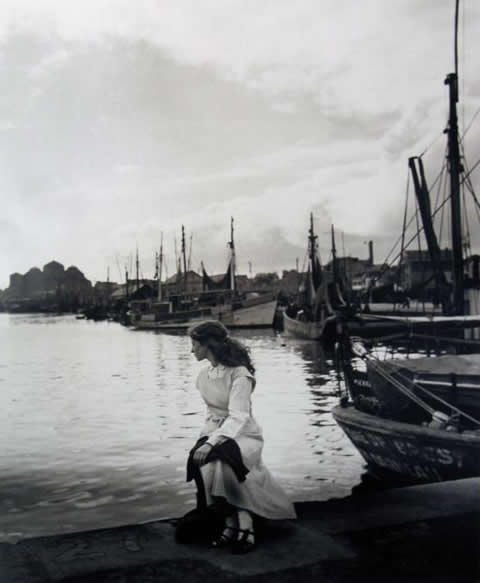
© Edouard Boubat
A Legacy Beyond Fame
Though Edouard Boubat is less commercially known than some of his peers, his influence runs deep within the photography community. He avoided fame and preferred to let his images speak. He received several major awards during his lifetime, including the Grand Prix National de la Photographie in France, yet remained humble.
His photographs are now held in major museum collections and continue to inspire new generations of photographers. What distinguishes Boubat’s legacy is its enduring humanity. In an age saturated with spectacle and speed, his work reminds us to return to the basics: light, form, feeling. He showed that photography doesn’t have to shout to be heard. Sometimes, the quietest images echo the loudest across time.
#29

© Edouard Boubat
#30
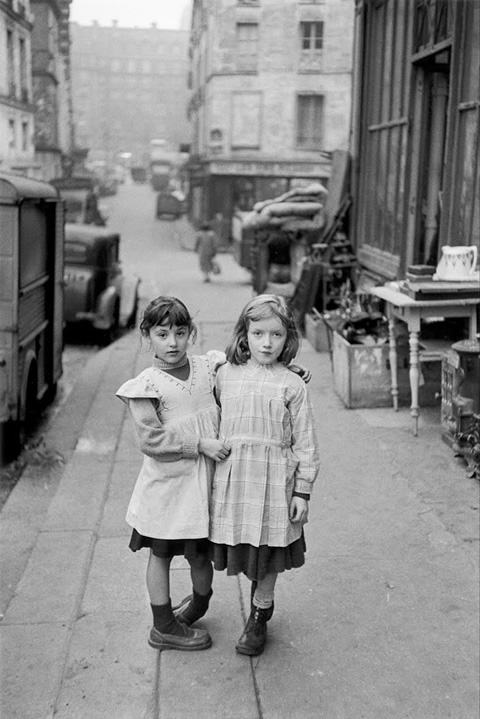
© Edouard Boubat
#31
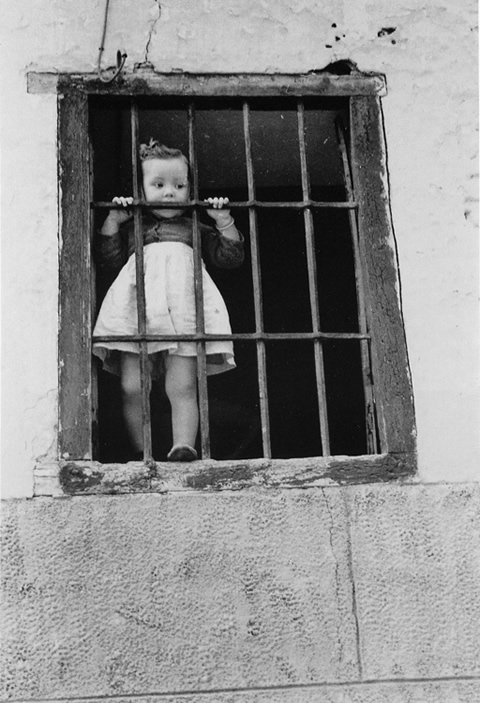
© Edouard Boubat
#32
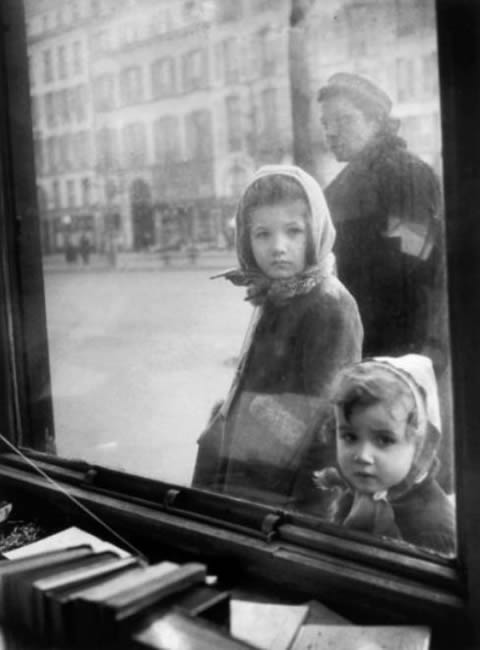
© Edouard Boubat
#33
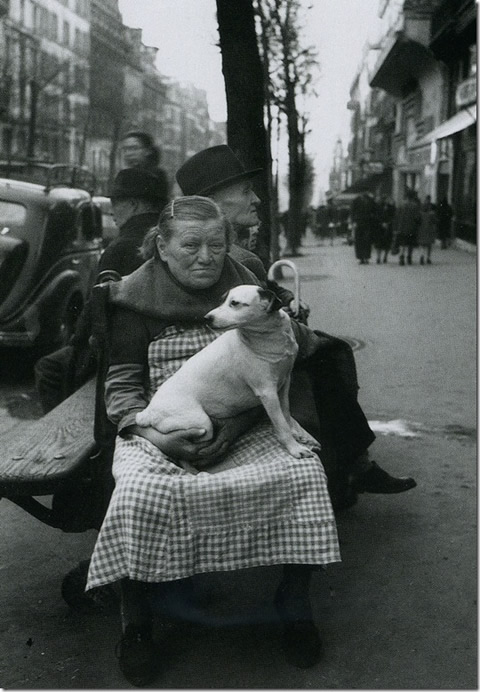
© Edouard Boubat
Conclusion: A Photographer of Peace and Presence
Edouard Boubat’s photography stands as a powerful testament to the beauty of stillness, empathy, and the everyday. While others sought the dramatic or the shocking, Boubat turned his lens toward the tender and the true. His work invites us not just to look, but to feel—to see the poetry in a glance, the light in a quiet street, the meaning in a moment passed between strangers.
In honoring the small and the serene, he created images that transcend borders, time, and language. Boubat wasn’t just documenting life—he was celebrating it. In every photo, he extended an invitation to slow down and see the world with open eyes and a gentle heart.
#34
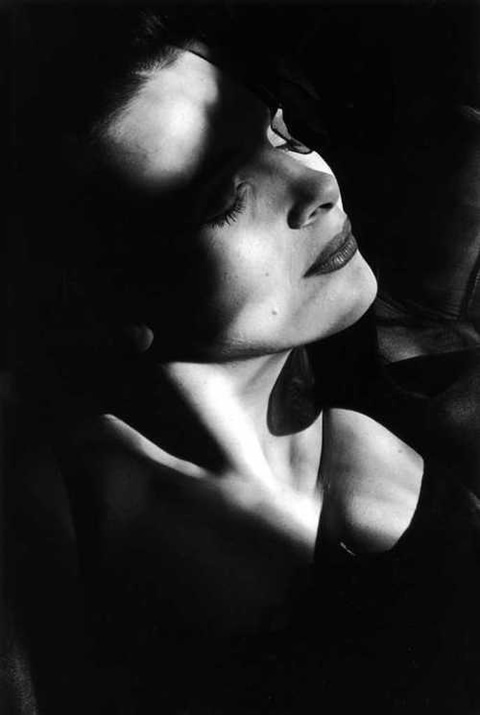
© Edouard Boubat
#35
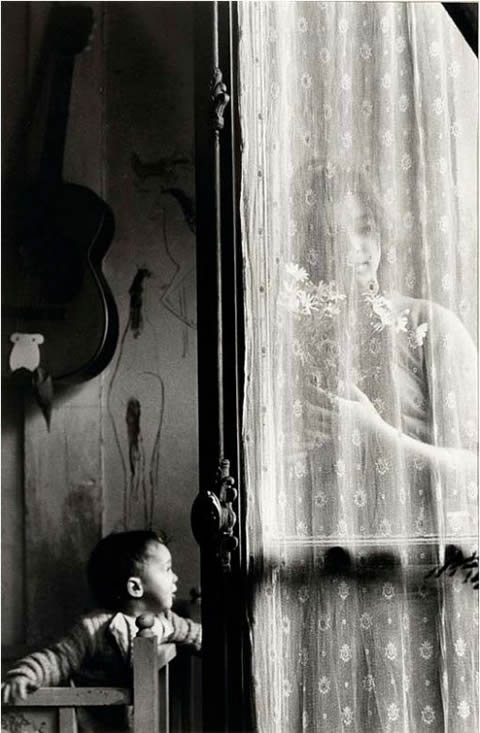
© Edouard Boubat
#36
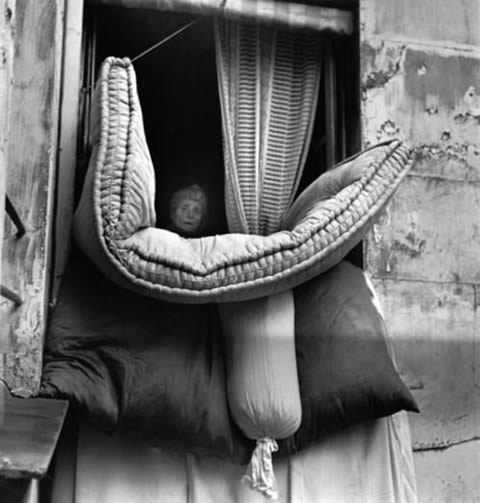
© Edouard Boubat
#37
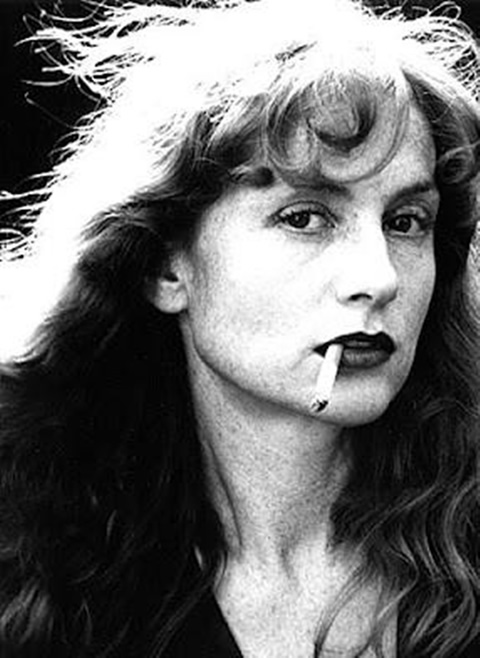
© Edouard Boubat
#38
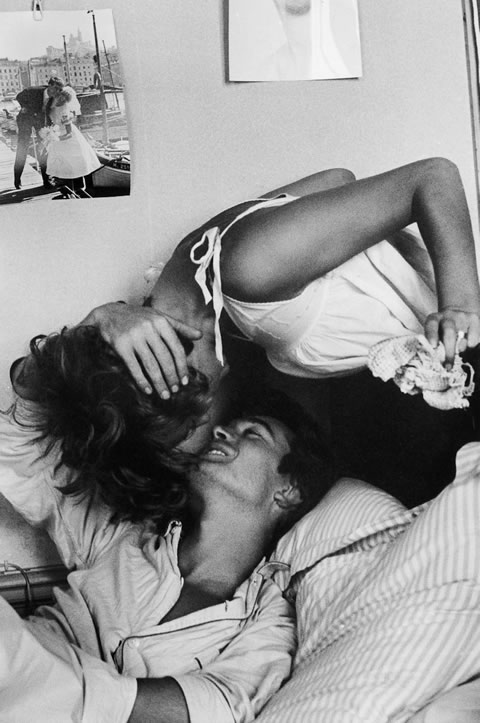
© Edouard Boubat

